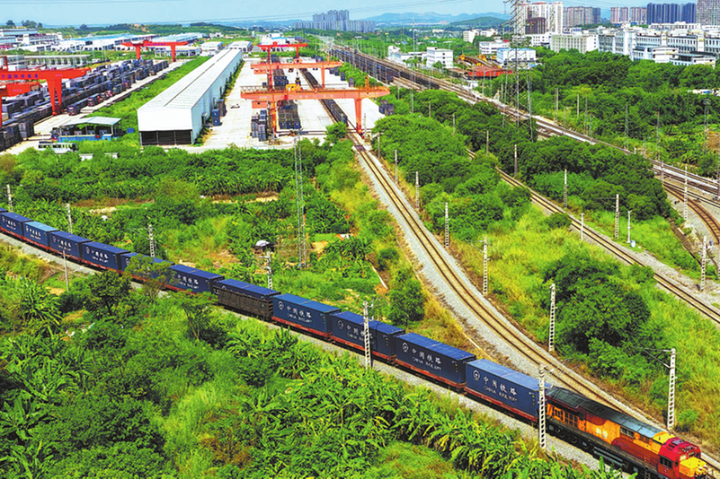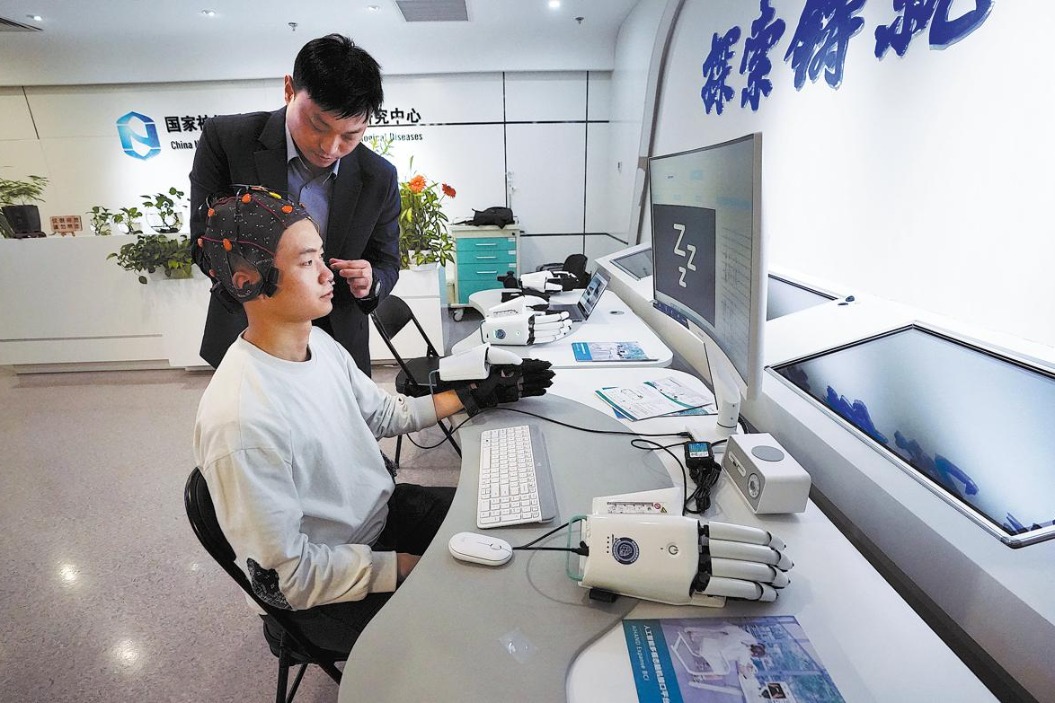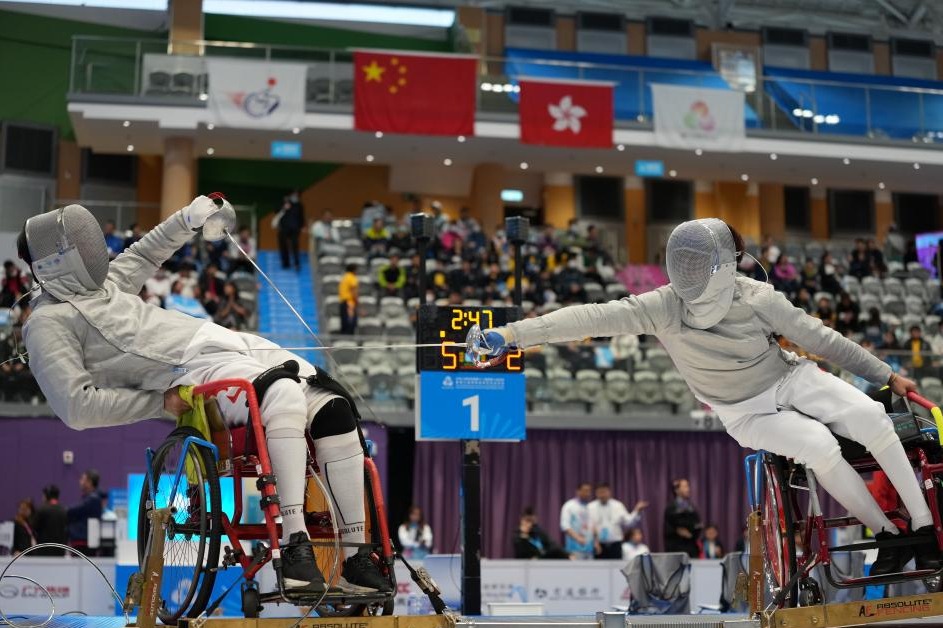Supply-side structural reform: Next chapter in China's 'new era'
Xinhua | Updated: 2017-11-01 15:46
BEIJING — As China steps into a "new era" of development, the next chapter is beginning for the country's supply-side structural reform with a stronger focus on supply quality and economic rebalancing.
The reform, initiated two years ago, was set as the main task for economic growth at the recent 19th National Congress of the Communist Party of China, as the consensus was reached that China's economy has been transitioning from a phase of rapid growth to a stage of high-quality development, and more attention must be paid to quality and efficiency than speed.
The past two years have been fruitful. Progress has being made on major tasks including cutting excess capacity, destocking, deleveraging, reducing costs and shoring up weak areas, laying the base for future reforms.
The advancing of supply-side structural reform has improved the supply-demand structure, and companies have enjoyed better profitability and lower production costs, said He Ping, statistician with the National Bureau of Statistics.
In the first three quarters on this year, industrial companies with annual revenue of more than 20 million yuan (about $3 million) reported a 22.8 percent of profit growth, faster than the 21.6 percent recorded from January-August, NBS data showed.
Efforts in supply-side structural reform have also lowered financial risks. At the end of September, the debt-asset ratio of large industrial companies had dropped 0.6 percentage points from a year ago to 55.7 percent.
However, more needs to be done in a changing economic landscape. Given the solid progress, more focus will now be put onto improving the supply system quality, which will be a key direction for building a modernized economy for the following stage, according to economists.
After a long period of breakneck growth, the Chinese market for major products has become oversupplied, and the demand steering the Chinese economy has shifted from product quantity to quality, according to Zhang Liqun with the State Council's Development Research Center.
"It is the most important and necessary change for a new development stage," said Zhang.
In the "new era," instead of high GDP growth, China will pursue fairness and common prosperity, support underdeveloped regions and speed up technological innovation and industrial upgrading, according to Jiang Chao, chief economist at Haitong Securities.
China has previously set targets to double its economic size in the first two decades of this century, but no such targets were mentioned during the 19th CPC National Congress, which outlined a two-step approach to making China into a great modern socialist country.
"For the economy, the most prominent problem now is growth quality, and we need to address unbalanced and inadequate development through changes in quality, efficiency and growth drivers," said Yang Weimin, deputy head of the Office of the Central Leading Group on Financial and Economic Affairs.
China will accelerate the real economy, build itself into a manufacturer of quality products, while moving its industries toward the medium-high end of the global value chain and fostering a number of world-class advanced manufacturing clusters.
To bring forward the supply-side structural reform, strides are expected in both the upgrading of traditional industries and the development of emerging and high-tech industries, said Lian Ping, an economist at the Bank of Communications.
Industries like the internet, big data, and artificial intelligence will be further integrated with the real economy, with new growth areas and growth drivers to be fostered in medium-high end consumption, innovation-driven development, the green and low-carbon economy, the sharing economy and modern supply chains, Lian said.
























